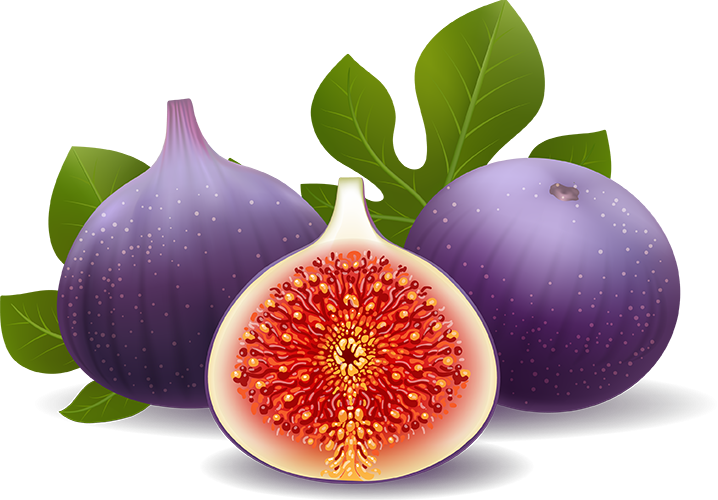The History
The history of California’s naturalized fig seedlings is quite fascinating and dates back to the 18th century.
Initially, the only fig variety grown in California was the Mission fig, brought by Spanish missionaries in the 1700s.
However, after the Gold Rush in 1848, there was a surge of interest in introducing new fig varieties to the state, particularly the Smyrna type, which was the sweetmeat of the Middle East and dominated the world trade in dried figs.
From the mid-1850s through the 1890s, nurserymen, orchardists, plant hunters, and promoters sought to find and cultivate the right variety of figs that could take over the dried fig market. The Smyrna fig was especially coveted for its succulent sweetness. The challenge was twofold: first, to discover and import the true Smyrna variety, and second, to grow it successfully in California.
The quest for the Smyrna fig involved ordering cuttings from the Middle East, primarily the Meander Valley in Turkey, and even traveling to the region. There was apprehension about being tricked by Turkish traders who might provide cuttings of other figs, not the Smyrna. Once the cuttings were obtained, the next hurdle was understanding the pollination or caprification process of figs, which was not well understood at the time. It took experimentation, trial, and error to learn about the caprification of the Smyrna fig in California.
The first verifiable cuttings of Smyrna figs were imported into California in 1880 by G.P. Rixford, the business manager of the Evening Bulletin newspaper in San Francisco.
Out of an original shipment of 448 cuttings, only 200 survived when they arrived at the port of San Francisco. These cuttings were indeed the true Smyrna figs, as were the four-year-old rooted trees imported in 1890 by the State Board of Horticulture, and those grown from Smyrna fig seeds by a Mr. Maslin, as well as the 10,000 cuttings acquired from the United States Department of Agriculture in 1890.
In more recent times, fig hunters have continued to track down rare new varieties of figs in California. A century ago, figs were a major component of California agriculture, cultivated on tens of thousands of acres in the Central Valley. Entrepreneurs like Jesse Clayton Forkner saw the potential of these orchards and invested heavily in their development.
Today, the search for the ultimate wild fig continues, with specimen hunters and enthusiasts seeking out and propagating unique and delicious varieties.
California Figs
California’s fig cultivation has a rich history that intertwines with the state’s agricultural development. The fig, Ficus carica L., is native to western Asia and has been cultivated since ancient times. It thrives in Mediterranean climates with hot, dry summers and cool, wet winters, which makes California an ideal location for fig production.
The introduction of the Calimyrna fig, originally from Turkey, to the San Joaquin Valley in the late 1800s marked a significant milestone in California’s fig history. This cultivar is gynodioecious, meaning it has separate male and female trees, and produces large golden fruit with true seeds. The female Calimyrna fig requires pollination by the Blastophaga wasp, which is facilitated through the male caprifig.
The successful cultivation of the Calimyrna fig in California began with the introduction of the Caprifig and Blastophaga wasp into orchards in 1899. This led to the beginning of successful fig production in the state. Commercial growers use specific techniques to ensure effective fertilization of the fruit, such as hanging paper bags of Blastophaga-infested Caprifigs in the orchards.
Today, fig production in California is primarily located in Fresno, Madera, and Kern counties in the San Joaquin Valley, as well as Riverside and Imperial counties in Southern California. In 2013, 28,900 tons of fruit were harvested from the 7,300 commercial acres in the state, with a market value of $15,522,000
The figs grown in California are easy to cultivate in most warm climates and can tolerate average to poor soil. Mature trees are cold hardy to 15-20°F and require full sunlight for maximum fruit production. They are somewhat drought and salt tolerant once established due to an extensive root system.
California’s fig industry continues to evolve, with new cultivars being developed and naturalized fig seedlings contributing to the diversity of the fig varieties available. The state’s fig growers and researchers remain dedicated to improving fig cultivation practices and ensuring the continued success of this valuable crop
This rich history showcases the dedication and passion of those involved in the cultivation and propagation of figs in California, turning the state into a significant producer of this ancient and beloved fruit.

